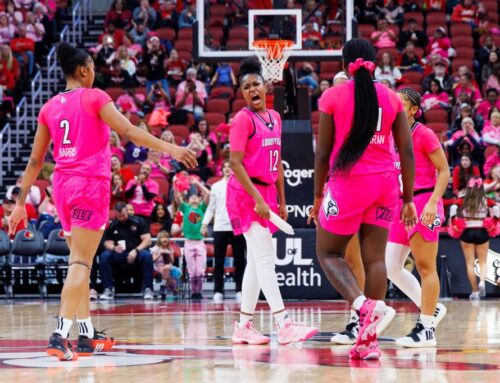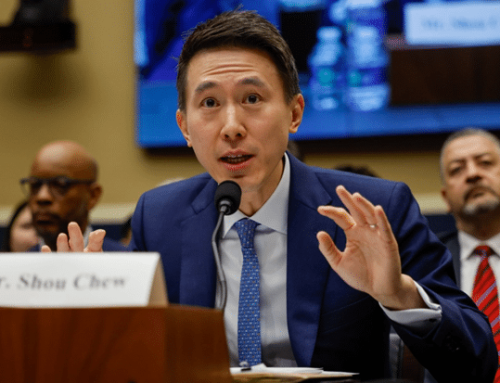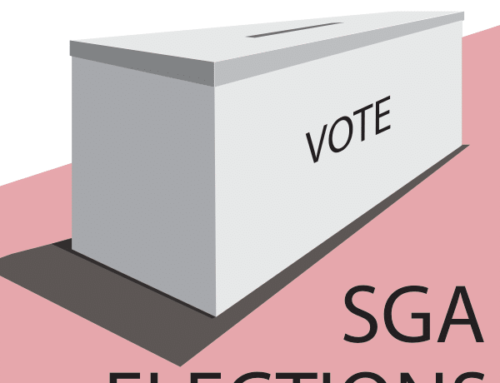By Ken Walker
Alcohol: the invisible addiction
Twenty billion dollars have now been taken from Philip Morris in another frivolous lawsuit settled by another martyred and evil tobacco company. It sure is refreshing to see all those guns pointed directly at the heads of all US smokers.
“Smoke, or we pull the trigger,” Morris says with a grimace. That’s the scene, right? No. The scene is the addictive poison nicotine is, and the additives addicting all smokers, yet these smokers can get the information they need to know, like “86 percent of all lung cancer patients from 2000-2002 show links to smoking habits (CNN smoker’s study).” However, why can’t the American public apply these same rules for litigation and class action to alcohol producers and companies?
According to the National Highway Traffic Safety Administration (NHTSA), 2001 experienced the largest percentage increase in alcohol-related traffic deaths on record. Ever. Shocking? Well, it is also noted by the Drug Strategies Administration (DSA), that Anheuser-Busch, maker of the famed Budweiser, Bud Light and plenty of others, spent a little over 1.1 billion dollars on advertising. That said, Mothers Against Drunk Driving states on its website that the ages of highest alcohol consumption are 17-22. Why? It’s that same effect of “don’t push the red button.” The button gets pushed no matter what, right?
The discovery of the outcome of the red button is the beauty of having a button, just like the federal mandate that legalized drinking cannot happen until the age of 21. So, when is the country guzzling up all its liquor? Before the age of 21.
In 2001, according to the NHTSA, 17,444 people were killed in crashes involving alcohol, representing 51 percent of the 40,116 killed in all traffic crashes. More than half of the car-wreck deaths last year were caused by drivers under the influence of alcohol. Sick yet? Picture all the blood, glass on the asphalt, crying mothers, and relatives. Then picture the social scene that created it. It was probably a party, bar, club, or whatever necessary for the human being to exit his/her social shell. That’s what the alcohol does, right? It helps the self not act like the typical self. It aids in a sort of invisible exit through which the self departs temporarily and is able to “have a good time.” One could respond to that with: “Well, if that’s all you need to have fun, pull the trigger now, ’cause against the power of statistic, in the US, you lose, and the victim on the road loses as well.”
In 1998, the NHTSA reported that alcohol-related traffic incidents cost the taxed public nearly 110 billion dollars, 40 billion monetarily and 70 billion in quality-of-life losses. What was the cost to Anheuser-Busch? Nothing but another sex-clad advertising scheme. Alcohol companies are hardly sued; in fact, as many sociologists would note, the proper response is the individual, yet in a tobacco-related case, the proper response is Philip Morris. Why can’t the American public see that they are not only being middle-fingered by tobacco companies and the physical losses tobacco causes a human being, but that alcohol and alcohol companies are doing the exact same? Since the FCC banned tobacco advertising from television, it seems as though alcohol advertising and placement has upped itself. So while the evils keep being perpetrated by both, one is not allowed television advertising. Not to mention that those precious TRUTH ads are funded in part by Philip Morris as part of a judicial ruling in 1998. Here’s the problem. Both are everywhere, smoking and drinking, yet smoking gets negative television ads, while alcohol get ads soaked in tits and parties. Cigarettes contain addictive poisons like nicotine and arsenic, while alcohol retains its halo. There is an addictive poison with alcohol. It just can’t be seen. TV, clubs, peers, football games, Catholic picnics, think about it. Alcohol is nearly universal and everywhere. Why does everyone pack and head off for the skin-basting rays of Cancun every spring? Because in Mexico, there is no clearly stated drinking age. It’s all around, though; that mustn’t be forgotten. With alcohol, there will always be the invisible nicotine, where addiction is in the mind and not a physical menace as with a cigarette. Just look for it, and refrain from exiting yourself the next time you hit up a club, bar or game.
Though MADD concentrates on eliminating drunk driving as a whole, American society should concentrate more on self-realization versus escaping oneself with alcohol. “It helps me loosen up, have a good time.” Heard this before? One more time, a CNN poll shows that when asked, 92 percent of the 315,960 people questioned would “rather drink than smoke.” That is the invisible nicotine television can never depict.





